The man behind Alaskaman
Racers wanting to experience an extreme iron-distance triathlon on U.S. soil had best make up their minds no later than 3pm July 17th. The Alaskaman will take place on July 15, 2017, a point-to-point race starting in Seward, Alaska and finishing atop Mount Alyeska in Girdwood. Slowtwitch sat down with Race Director Aaron Palaian to learn more about the man behind Alaskaman.
Slowtwitch: What is your background as a race director?
Aaron Palaian I started putting on events in 2007. I was a part time race director and full time high school / middle school art teacher in Rosenberg, Texas (LCISD). I have no real background beyond that. I went to school for Visual Communications in Pittsburgh and Chicago and used my unique skill set as a designer and athlete to bring branding, marketing, and overall experience for my athletes to life. After a couple years of doing both race directing and teaching I decided to quit teaching and race direct full time. I know own and operate 14 events including the Run Houston! Race Series, Bayou City Half Marathon Series, Bayou City Triathlon Series, Typhoon Texas Kids Triathlon, and Alaskaman.
ST: How did you come up with the idea to produce this race in Alaska?
Aaron: In 2015 I competed in the Norseman Xtreme Triathlon. The idea came to me when I was reading through their race guide and they mentioned that the race took place at the same latitude as Anchorage, Alaska. That’s when a light bulb went off and Alaskaman was born.
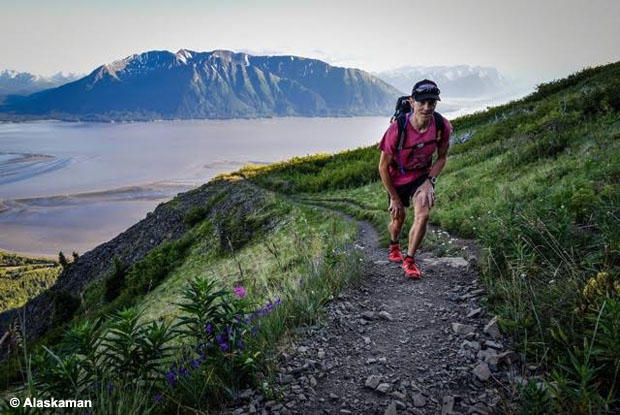
ST: You live in Houston, Texas. Tell us the process of finding the course you wanted in Alaska and the challenges you faced in securing the venue?
Aaron: The obvious challenge is just that – I live in Houston, Texas, which is funny because there is a town in Alaska named Houston. I didn't know that and can’t tell you how many times in the process of gaining approvals the person on the other end of the conversation thought I was from Houston, Alaska.
When I originally thought of the idea I honestly thought it was a pipe dream. Not living in Alaska, and knowing how hard it is to get new events approved in Texas, I figured it would be similar, if not impossible. Luckily my wife informed me that one of her friends, Janelle Williams, and her husband Jonathan, lived in Alaska for a long time before moving to Houston. One night we sat down to dinner with them and they helped us devise the best possible courses where Alaskans do a lot of their bike and run training. We could not have done this without Janelle and Jonathan’s help.
From there I cold called everyone I thought could give me the approvals I needed. I am very grateful that the cities and venues involved in the race were so accommodating, welcoming, and excited about the event.
Of course, prior to opening registration, we are doing our own course recon. That has been the hardest part. Living so far south in Texas it is not feasible to just go out on the course whenever I want like I can with my other triathlons. I am a perfectionist and a bit of a control freak so this part drove me crazy. I really had to learn to trust others and rely on them to make this happen which I think has helped me grow as a race director, and as a person.
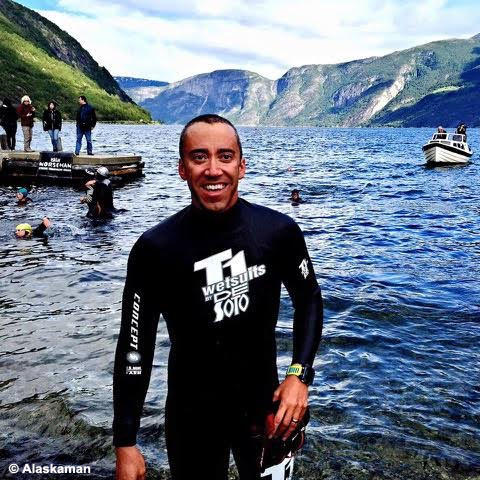
ST: What do you foresee being the most challenging aspect of the Alaskaman course? Will there be any rules or guidelines you will mandate or recommend competing athletes follow?
Aaron: Everyone has to wear a full wetsuit, that is for sure. We recommend a neoprene cap and booties and if the water temp is 54-F or below we will most likely allow non-webbed swim gloves. Although there is a good amount of gain on the bike course (4,000 feet), it is not so hard that we have to worry about extreme exhaustion due to the amount of climbing. The run course is where the majority of the challenge in this race will undoubtedly lie. As it stands there will be 1,000 feet of gain over the first 20 miles of paved trail and road, which is not too bad. The last 10k is where the most challenging part of the course will occur. The mountain run on Mount Alyeska will take runners over rocky mountain bike trails as they climb up and down the mountain zig-zagging until they reach the finish at the top of the mountain. From there athletes and their support will be able to take the Aerial Tram down to the resort.
This event also requires athletes to supply their own support. Aside from a few restrooms and self-serve coolers of Gatorade and water at T1, T2, and miles 16, 20, and the finish, the course is mainly unsupported. We will have medical monitoring the entire time and very limited SAG on the bike. We will also have support on the run at the hydration stations at miles 16 and 20 but that is really about it.
ST: How tough will it be to support?
Aaron In an extreme triathlon it ends up being extreme for many reasons one would not even foresee. Many times the planning and travel with the athlete and their support team and overall logistics of it prove to be one of the most extreme parts of the event.
ST: Race registration opens Sunday, July 17th at 3pm CST and is open to the first 315 athletes who register. What type of response have you had behind the scenes so far?
Aaron: In less than 2 months we have gone over 10,000 fans on Facebook and nearly 1,000 on Instagram. This has allowed us to further push our event and message out to the masses. We have tracked tens of thousands of views of our website every couple weeks and answered hundreds of inquires between emails and Facebook Messenger. Between the locals registration party we are throwing the day before and world-wide registration opening on Sunday, we are expecting a very fast sellout.
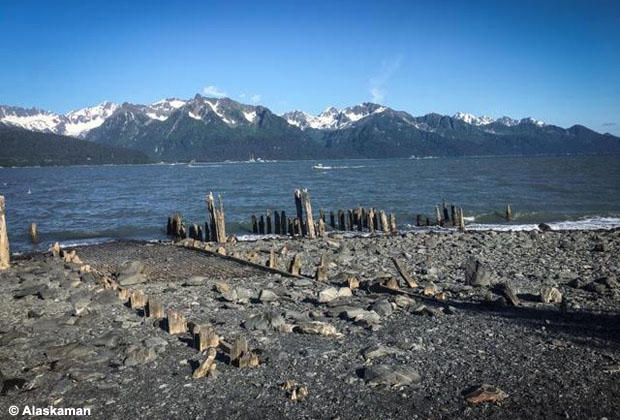
ST: What has been the reception by Alaskans to the idea of an endurance event of this magnitude?
Aaron: They are beyond excited. I cannot say enough about the state of Alaska and the cities and venues we have been working with. I have been absolutely blown away but the warm reception we have received and the excitement and buzz they have helped us generate. They have a large triathlon community up there and we want to help that grow. We may be outsiders coming up to put this on but our hope is that after the first event they see us as family and we can help existing businesses and race in the area grow and be successful. Alaskaman will bring a lot of tourism and awareness to the state which benefits everyone involved on so many levels.
ST: What will your competitors take away from this experience?
Aaron: Alaska is one of the most beautiful places on earth and we know when these athletes reach the finish line of Alaskaman they will carry this experience with them the rest of their life.
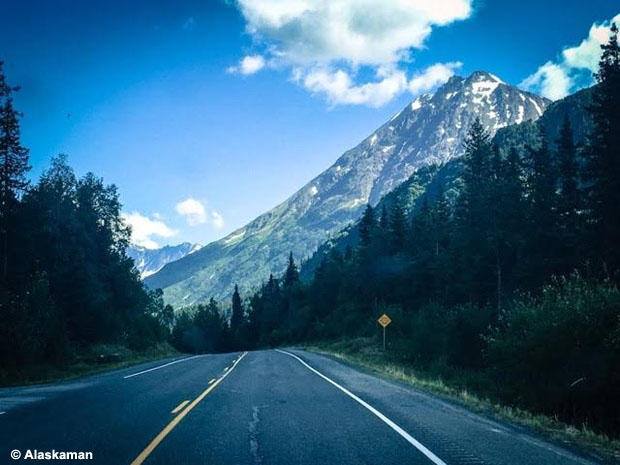
ST: You have enlisted two-time Ironman Hawaii World Champ (and Norseman Xtreme winner) Tim DeBoom as an ambassador for your race. Can you tell us what his role will be?
Aaron: I first met Tim at the 2010 Kemah Triathlon. I asked Tim to come race our pro race and he agreed. Since then we have stayed in touch. Last year when I got into Norseman I picked his brain knowing he was a previous winner, so when I decided to dive into the planning of Alaskaman, Tim was at the top of my pro ambassadors list. Tim was onboard the instant I mentioned it to him and has been very supportive, excited, and encouraging from the start. Beyond that his knowledge and lifetime of experience from Kona to Norway and all around the world, has aided in the races development and direction.



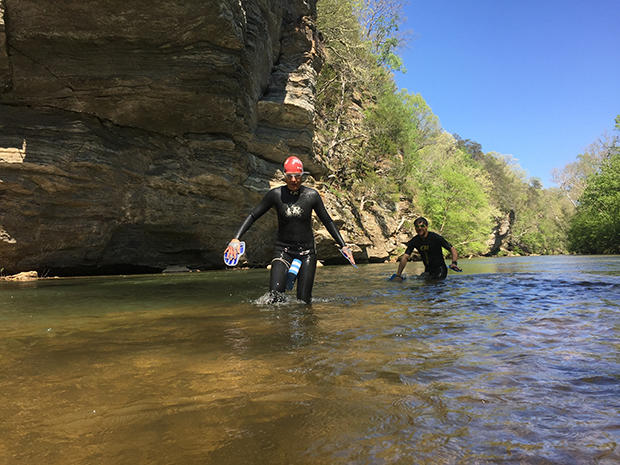
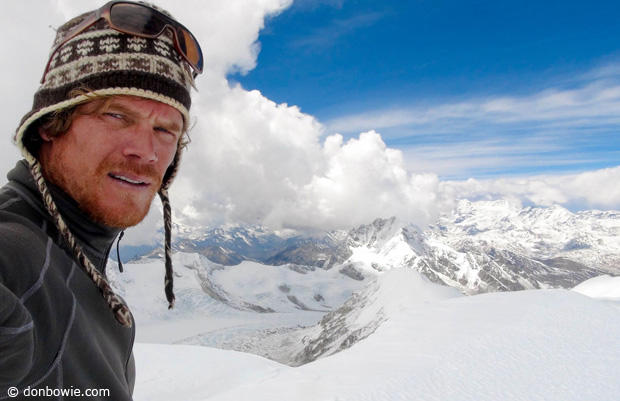
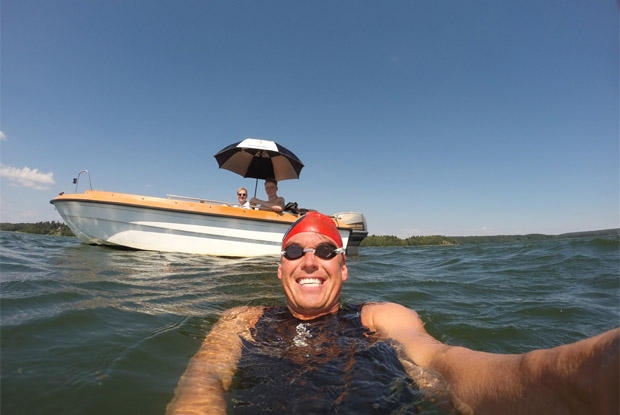
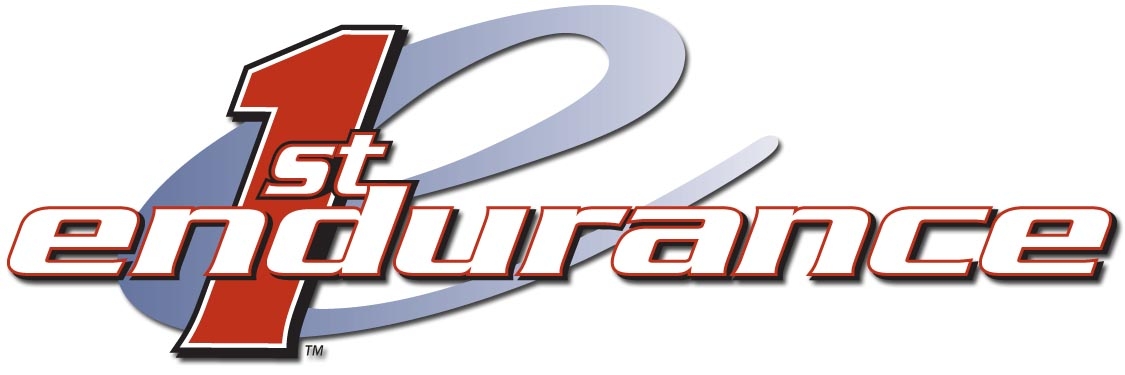

Start the discussion at forum.slowtwitch.com